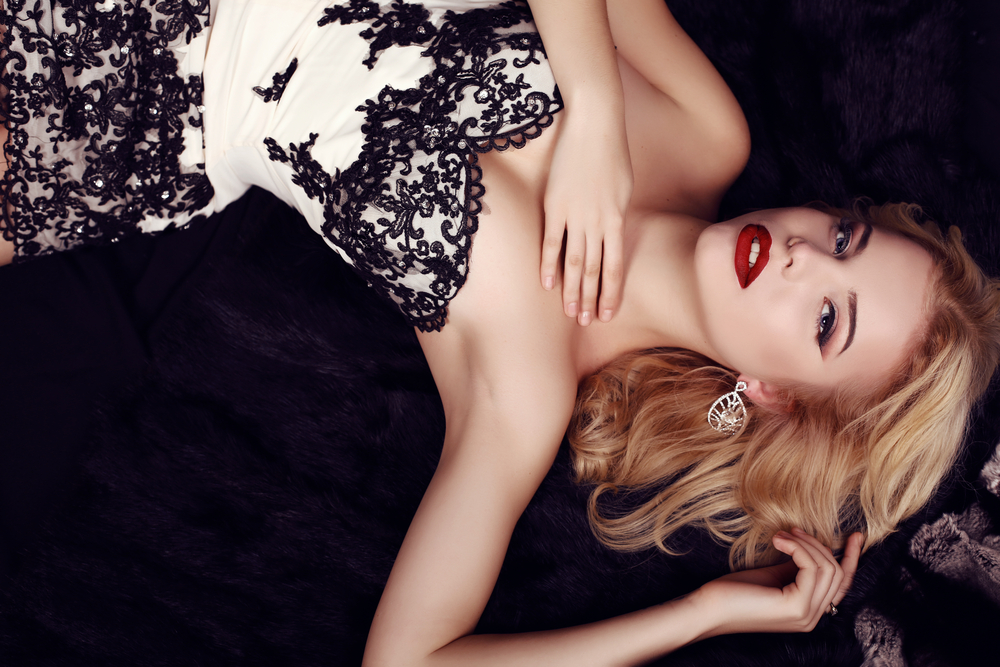
In the world of fashion and photography, the art of modeling plays a vital role in bringing life to a photograph. Models are not just individuals who stand in front of a camera, but they are professionals who have mastered the art of posing and expressing emotions. A great model knows how to captivate an audience with every movement, creating mesmerizing photos that leave a lasting impression. In this article, we will delve into the world of modelling (or modeling) and explore the techniques and tips to master poses and expressions for stunning photoshoots.
Understanding the Role of a Model
Before we delve into the art of modeling (by models) , it's essential to understand the crucial role a model plays in a photoshoot. A model is not just a subject but is an active contributor to the composition, mood, and message of the photograph. Their poses and expressions convey emotions and help convey the narrative intended by the photographer or designer. The way a model carries themselves, the energy they exude, and their ability to emote all contribute to the success of a photoshoot.
Mastering the Art of Posing
Posing is one of the key aspects of modeling . Learning how to pose effectively can transform an ordinary photo into a masterpiece. Here are a few tips and techniques to help you master the art of posing:
1. Practice in front of a mirror: Stand in front of a mirror and experiment with different poses. Observe how your body language changes with each pose. Pay attention to your facial expressions and body angles. This practice will help you become more self-aware and comfortable in front of the camera.
2. Study and emulate: Look for inspiration in fashion magazines, online portfolios, and social media. Analyze how professional models pose and study their body positions and angles. Emulate their poses, but also try to add your unique touch to make them your own.
3. Pose from head to toe: Every part of your body should be engaged while posing. Be mindful of your hand placement, the placement of your feet, and the curvature of your spine. Remember that even small adjustments can make a significant difference in the overall composition of the photograph.
4. Experiment with different angles: To add variety to your portfolio, experiment with different angles and perspectives. Pose from various heights - sitting, standing, or lying down. Show the photographer your versatility and ability to adapt to different scenarios.
Mastering Expressions for Impactful Photos
Expressions are the gateway to emotion. The ability to express various emotions is crucial for a model. Here's how you can master expressions to create mesmerizing photos:
1. Embrace authenticity: Allow your genuine emotions to shine through in your expressions. A forced or unnatural expression can be easily detected in a photograph. Be present in the moment and connect with the feelings you want to convey.
2. Practice facial exercises: Just like any other muscle, your facial muscles need exercise. Practice different facial exercises to enhance your range of expressions. Strengthen your ability to smile naturally, frown, show surprise, or display any other emotion required for a particular photoshoot.
3. Use your eyes as a tool: Your eyes are the most expressive part of your face. Learn to convey different emotions through your eyes. Practice maintaining softness or intensity in your gaze, depending on the mood required for the shoot.
4. Understand the concept behind the photoshoot: To bring out the right emotions, it's essential to understand the concept behind a photoshoot. Communicate with the photographer and ask for guidance on the intended mood and story. This understanding will help you channel the right expressions.
Frequently Asked Questions
Q1: How do I find my unique modeling (or modelling) style?
A1: Your unique modelling style will develop over time. Experiment with different themes, settings, and poses. Pay attention to the feedback you receive from photographers and clients, and gradually refine your style based on those insights.
Q2: How do I overcome nervousness in front of the camera?
A2: Practice is key to overcoming nervousness. The more you expose yourself to photoshoots and practice posing in front of a camera, the more comfortable you will become. Take deep breaths, remind yourself to relax, and focus on the positive aspects of the experience.
Q3: Can anyone become a successful model?
A3: With dedication, perseverance, and the right opportunities, anyone can become a successful model. However, it's important to understand that the modeling industry is highly competitive and requires hard work and continuous improvement.
Q4: How important is versatility in the modeling industry?
A4: Versatility is highly valued in the modeling industry. Being able to adapt to various styles, themes, and moods expands your opportunities and makes you a sought-after model. Embrace the ability to transform and showcase different looks.
Q5: Are modeling classes essential to becoming a model?
A5: Modeling classes can provide valuable guidance, techniques, and industry insights. While they are not mandatory, they can help refine your skills and give you a competitive edge in the industry. However, practical experience and dedication are equally important.
In conclusion, mastering the art of modeling requires practice, self-awareness, and continuous improvement. Posing and expressing emotions effectively can transform a photograph into a work of art. Embrace your uniqueness, practice different poses and expressions, and be adaptable to excel in the world of modeling.
Other useful resources
- https://www.planetmodelphoto.com
- https://en.wikipedia.org/wiki/Category:Modeling_agencies